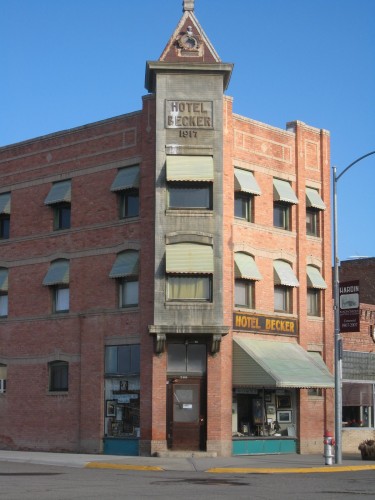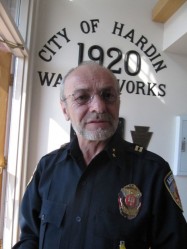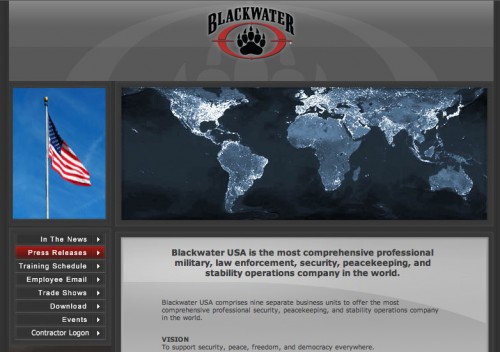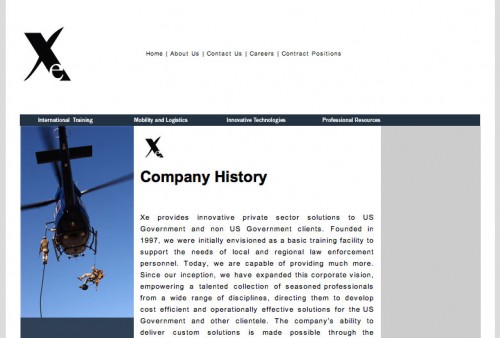It’s 2:30 a.m. and I have just returned from five amazing hours in Dewey Square at Occupy Boston. It has been quite an interesting few weeks for the movement and encampment.
About a month ago, Occupy Boston went to court to preemptively protect their rights. At first, there was a victory; a judge granted OB a temporary restraining order, prohibiting the police from clearing the camp. But just this week, OB failed to win a preliminary injunction from that same court, thereby freeing the City to clear the camp.
Shortly after this ruling, Boston Mayor Menino declared that any protesters remaining in Dewey Square after midnight on 12/8 would be subject to arrest for trespass. At this news, many in the camp decided to pack it up and leave, some attempting to avoid arrest, others satisfied that they had made their point. The library was boxed up and taken away, as were the medical, food and logistics tents.
Of course, there were some who were not going to go so quietly. It was anticipated that a smaller group would deliberately remain after midnight and subject themselves to arrest. In this spirit, OB called upon all its supporters to come down to Dewey Square and either a) join those seeking to be arrested, or b) support them from across the street.
As you know, I just passed the bar, so I chose choice b. When I arrived at Dewey Square around 9:00 the place was packed. Although many of the tents had been removed, exposing patches of black mud, the walkways and plazas were crowded with supporters. I was surprised to find a mostly festive atmosphere; a last hurrah if you will.
Many things were going on at once: campers were disposing of their goods into a city dump truck parked nearby, a general assembly was debating what to do come midnight, and then, to my great delight, a brass band showed up. Rebirth they were not, but the “Second Line Social Aid and Pleasure Society” brought some great vibes and fun, participatory music to the scene. After dancing for an hour or so, I visited the general assembly which had decided to scrap a proposed midnight dance party and instead break the crowd into the two groups mentioned above, those willing to risk arrest and those who would support them from a distance.
As the midnight hour drew near, supporters offered impassioned well wishes to the crowd. This continued past the deadline, despite an attempt by some meatheads to derail the momentum by chanting nonsensical slogans. By this point, the crowd was so large that it was in two areas, one in Dewey Square and another across the street in front of the Federal Reserve Bank.
As the time progressed and no police action occurred, the two groups began doing call and response chanting across the street. The Dewey group spilled from the sidewalk into the street, taking up two of the three traffic lanes. The police did not try to disperse the crowd and instead concentrated on directing traffic through the remaining open lane. After about 20 minutes of this, a few bold supporters seized on a gap in traffic and took the third and final lane. We all danced out into the street, shouting and chanting (who’s streets? OUR streets) and a few brave people sat down in the middle of the street; Occupy Boston had taken Atlantic Avenue.
Amazingly, the police did not attempt to remove us. Instead they re-routed traffic and backed off.
So, how did we manage to defy and defeat the curfew? Strength in numbers.
I was at Occupy Boston on the first day it set up camp in Dewey Square. That day was awe-inspiring because when you looked out at the square, you couldn’t see any grass; a sea of people sat upon it. Since then, I’ve watched this movement grow and the camp become a little microcosm. Of late, however, it seemed that some of the movement’s momentum had been sapped; marches were attracting fewer people, and the issues within the camp seemed to be taking a toll on those committed to the cause. When I read the judge’s decision denying the preliminary injunction, I concluded that it was time for the camp, but not the movement, to go. I still feel that way. But what happened tonight was a testament to the power of the people; tonight we practiced what we have been chanting: “the people, united, will never be defeated.”
The people, us, the 99%, were out in huge numbers tonight; I would estimate that at the midnight peak, there were about 500 bodies there. The people were young and old, black and white, regulars and newcomers. They were there, and in their numbers, they sent a message… “NOT YET!”
I’m so proud of the occupy movement. Prior to it, this country was having idiotic conversations about the deficit. Now, people are talking about what really matters: income inequality, the corrupt tax code, outsize corporate influence in politics and the need for job creation. Although many other encampments have been shut down forcibly and the Dewey Square encampment is all but shuttered, this movement is just beginning. If 500 people can come out at midnight on a cold weekday, just imagine what we can do this spring.
America is still in for a winter of discontent; but as the grass will grow once again at Dewey square, so too will flower the hearty bulbs have been planted throughout this land.







